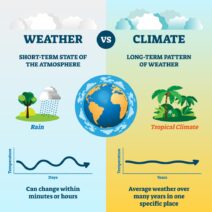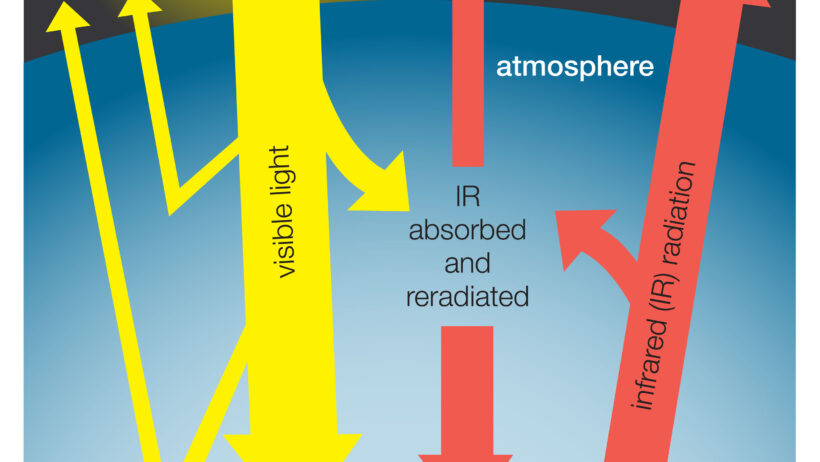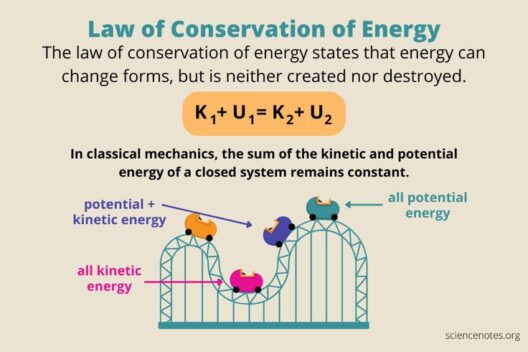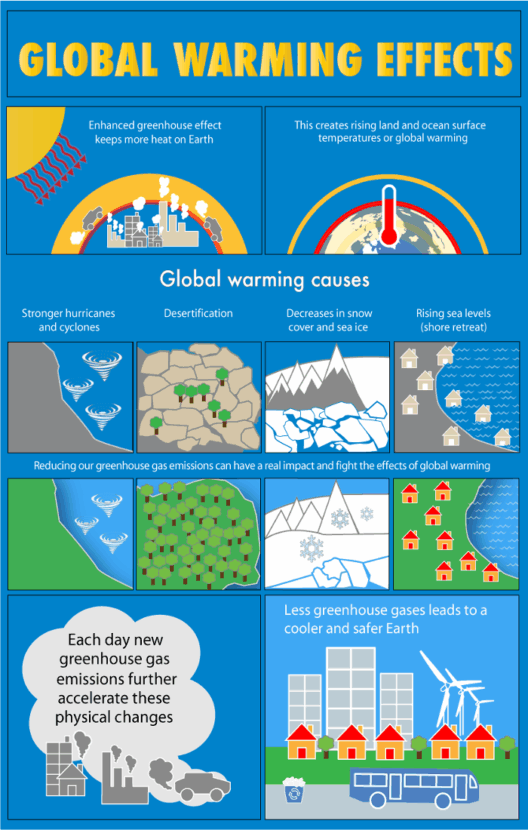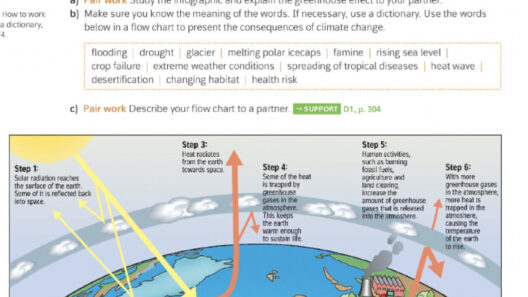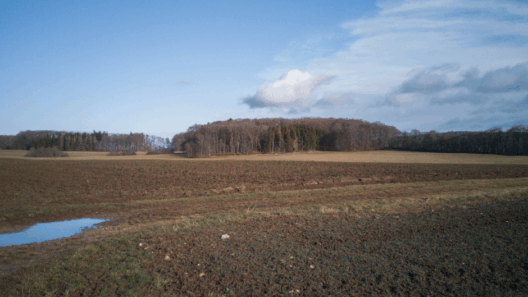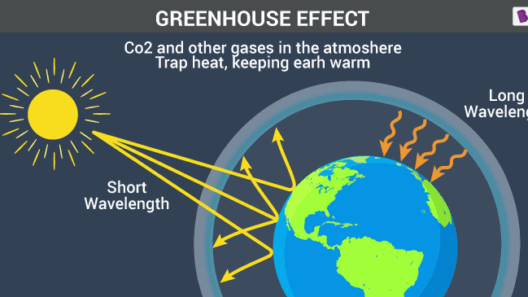Understanding the Greenhouse Effect and Its Implications
The greenhouse effect is a natural phenomenon that warms the Earth’s surface. It occurs when the Sun’s energy reaches the planet—some of this energy is reflected back to space and the rest is absorbed, warming the Earth. The key players in this process are greenhouse gases (GHGs), which include carbon dioxide (CO2), methane (CH4), nitrous oxide (N2O), and water vapor. When sunlight strikes the Earth, it is converted into heat, which then radiates back into the atmosphere. Herein lies the crux of the greenhouse effect: certain gases trap this heat, preventing it from escaping and thereby warming the atmosphere. However, the escalating concentration of these gases due to human activity is augmenting this natural effect, leading to alarming rates of global warming.
The Interplay of Greenhouse Gases and Temperature Increase
Greenhouse gases play a critical role in regulating Earth’s temperature. Carbon dioxide, the most significant anthropogenic greenhouse gas, is primarily emitted through fossil fuel combustion, deforestation, and industrial processes. Methane, while less prevalent, is significantly more efficient at trapping heat, making it a formidable player in the greenhouse gas arena. This gas is primarily released from agricultural practices, landfills, and natural gas extraction. Moreover, nitrous oxide, resulting from agricultural activities, fossil fuel combustion, and certain waste management practices, is another powerful greenhouse gas that contributes to climate change.
The accumulation of these gases creates a thicker blanket around the Earth, enhancing the greenhouse effect. This intensification leads to an increase in global average temperatures, which results in a cascade of environmental changes. Accordingly, scientists have recorded a rise in global surface temperatures of approximately 1.1 degrees Celsius since the late 19th century. While this may seem modest, it has substantial implications for weather patterns, ecological systems, and sea level rise.
The Consequences of an Intensified Greenhouse Effect
The consequences of the intensified greenhouse effect are far-reaching and often debilitating. Climate change manifests in numerous forms—more extreme weather events, rising sea levels, and disrupted ecosystems. For instance, increasing global temperatures lead to more frequent and severe heatwaves, prolonged droughts, and intensified storms. Collectively, these phenomena pose a dire threat to both natural ecosystems and human infrastructure.
In terms of sea level rise, warmer temperatures cause polar ice melt and thermal expansion of seawater. This has imperiled coastal communities and ecosystems, resulting in increased flooding and habitat loss. Additionally, biodiversity is severely impacted; as ecosystems shift, many species struggle to adapt, leading to altered food webs and compromised ecological balance.
Moreover, the aggressive release of greenhouse gases exacerbates ocean acidification. The oceans absorb a significant portion of CO2 emissions, leading to a decrease in pH and harming marine life, particularly organisms that rely on calcium carbonate for their shells, such as corals and shellfish. The delicate interplay between climate change and ocean health underscores the urgency of addressing greenhouse gas emissions.
Strategies to Mitigate Greenhouse Gas Emissions
To combat the pressing realities of the greenhouse effect and global warming, it is essential to implement a multi-faceted approach to greenhouse gas reduction. Transitioning to renewable energy sources, such as solar, wind, and hydroelectric power, can significantly reduce reliance on fossil fuels, thereby lowering CO2 emissions. Investing in energy efficiency—from residential buildings to industrial processes—can also yield substantial reductions in energy consumption.
Additionally, promoting sustainable agricultural practices can mitigate emission levels of methane and nitrous oxide. Techniques such as crop rotation, agroforestry, and organic farming can enhance soil health and reduce the need for synthetic fertilizers. Furthermore, afforestation and reforestation efforts can help absorb atmospheric CO2, enhancing carbon sequestration and fostering biodiversity.
The Role of Policy and Community Engagement
While individual actions contribute to mitigation efforts, robust policy frameworks are crucial in instigating comprehensive changes. International agreements, such as the Paris Agreement, aim to unite nations in the collective fight against climate change by setting targets for greenhouse gas emissions reductions. Stronger regulations on industries, incentives for clean energy adoption, and investments in research can drive innovation towards sustainable technologies.
Community engagement and education are also paramount to cultivate an informed society that actively participates in conservation efforts. Encouraging grassroots movements, local initiatives, and environmental awareness campaigns can foster a culture of sustainability, empowering individuals and communities to take tangible steps in combating climate change.
A Call to Action: Addressing the Greenhouse Challenge
Addressing the challenges posed by the greenhouse effect and global warming requires a concerted, cooperative effort that transcends borders. Recognizing the significant interplay between human activities and atmospheric changes is vital for enacting meaningful change. As the evidence mounts and the consequences of inaction become increasingly severe, it is imperative that society embraces the responsibility of safeguarding the planet for future generations. Awareness, education, and proactive measures are our best tools in combating the greenhouse challenge and promoting a more sustainable world.
